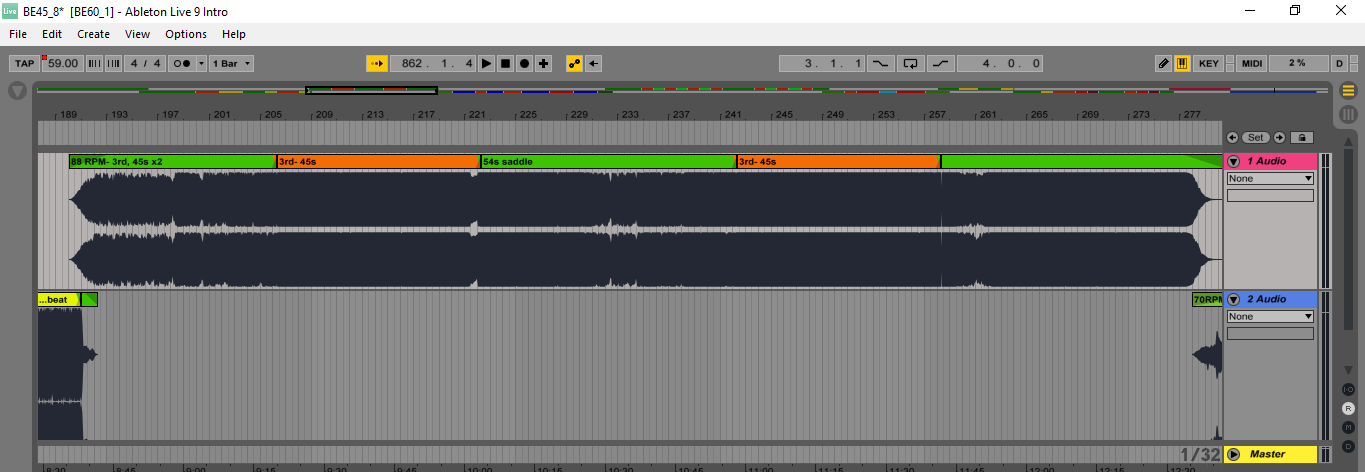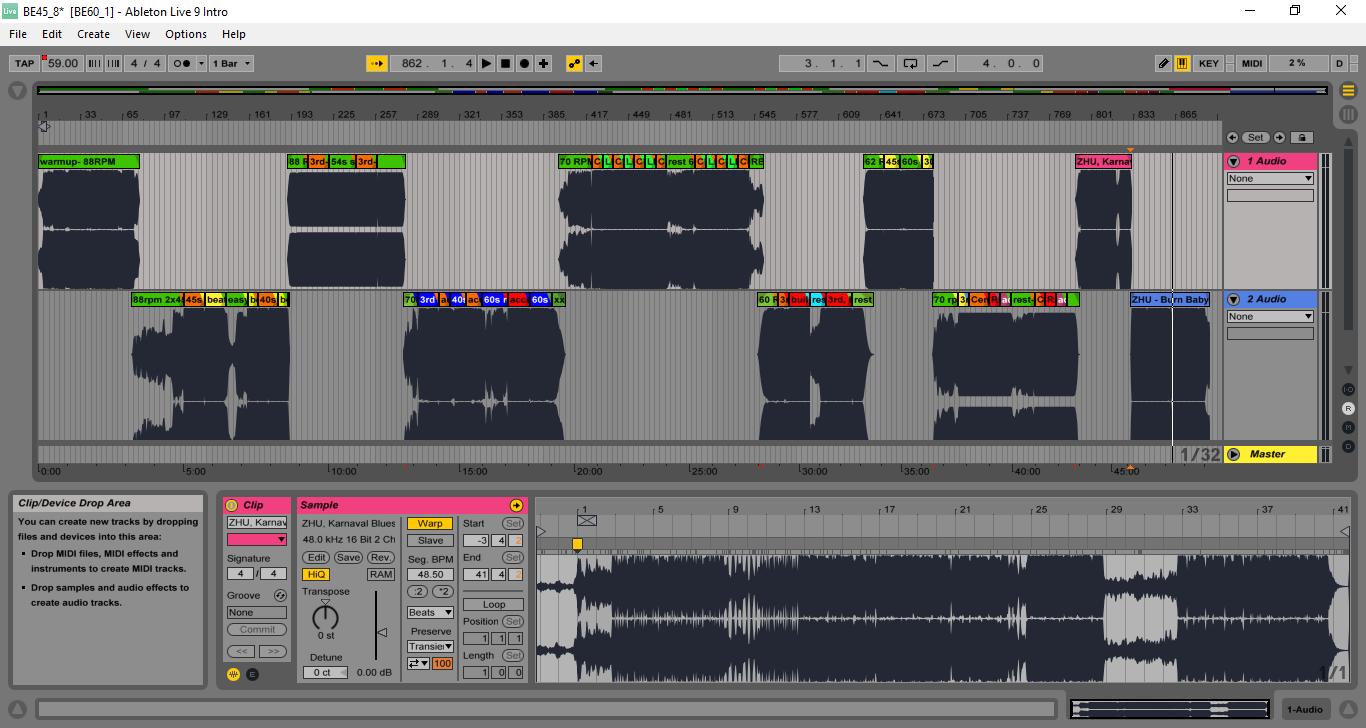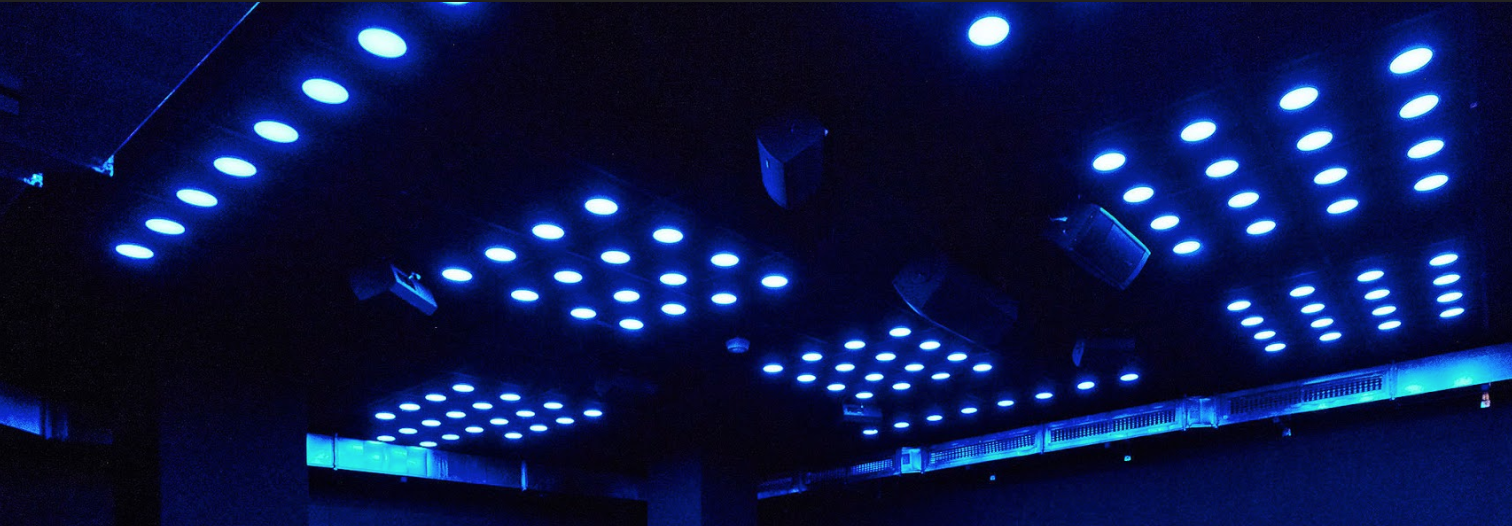Behind the Screens
Spin instructors play DJ, Drill Sergeant and Director
As you’re powering through the third hill of the class, and AJ asks you to push for 30 more seconds, all you can do is stare at that computer on the podium and wonder what on earth is on that screen that seems to be delivering every ache in your legs and lungs?
When your favorite new T. Swift song pops on right when you need a boost of energy and a distraction in the middle of Bradyn's class you wonder how she knew that’s just what you needed? And how did T. Swift write her songs to fit a perfect 100 BPM rhythm anyway?
Because we really wanted to know the answer to these wonderments, we went “behind the screens” to find out just how our instructors put together their playlists to make sure you have a killer ride from start to finish. Turns out, it’s much more than just picking a favorite song or two and throwing it in the lineup!
We sat down with both AJ and Bradyn to learn what’s behind their specific screens, as they have very different styles of music they pull from. They do have similarities in how, like most of our instructors, they prepare for their classes.
Both use the Ableton music mixing tool which allows you to take full-length tracks to splice, dice and mix them to create the ultimate BPM combination. It takes at least an hour and a half and often more to put together just a 45 minute class. Who knew?! Now you do!
Most classes start with a warm up that sets the mood. Bradyn notes that depending on the time of day or even the day of the week of her class, the mood will be different and she takes that into account in the building of her playlist. Both look (and listen, obviously!) for music they’re currently enjoying and go from there.
“You need to like your music to be able to teach a good class. You have to really feel it, too. I want to be passionate about my music to set the mood and enjoy it myself,” said AJ.
The mix of hills, sprints and endurance can vary depending on the class, but there is traditionally a mix of it all.
So how do they remember all that sequencing? And what is that thing that looks like a heart rate monitor on their screens? That shows the track, highlights cues for 1st, 2nd and 3rd position and marks intervals and sprints.
Cueing on what to do and when, isn’t the hardest part. Bradyn notes that her biggest challenge is “to inspire people to work their hardest. You can only do and see so much from the podium, so you have to feel it.”
For AJ, who teaches 300+ classes a year says, “the biggest challenge is that you can only do so much on a bike. Go fast, go slow, positions and shifts. You have to find ways to keep it interesting."
© Mike Fuchs
The lights are another way instructors personalise their class. The light board next to the podium bike allows you to change colors, speeds and pattern of the lights. It’s all manual so you get a pretty unique light show each and every class. Some instructors like to keep it dark, while others use the lighting to signal transitions and to set the mood.
Both agree that you can gain inspiration from other instructors, so you might see them joining you in the ranks when others are center stage.
“I just started teaching last year, so I get a lot of ideas from other instructors,” said Bradyn.
In the end, each ride is as unique as the instructor who composes, conducts and celebrates the music. We hope you, too, can feel the TLC that is put into the beats behind each shift right and 30 second sprint you are faced with.
After all, we want you to “ride your rhythm” too!
Article written by Sarah Findle




